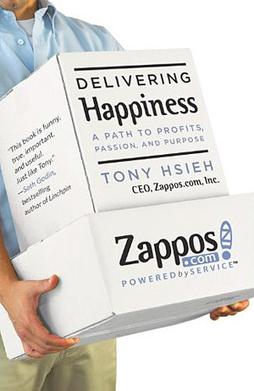Today we will be discussing the concept "Business as a Hypothesis" in our weekly Ministry of Ideas meeting. The details of the meeting are here. I wrote about our first meeting and I have been really encouraged to see the swell of participation. We started with maybe 15 to 20 people, but last week we had over 40 participating. Sharing and learning from each other is fun. I thought Gunni was going to lead the meeting but he has asked me to do it, so I am going to give it a try. This blog post is more like my notes for the meeting. I was curious whether the two words "Business" and "Hypothesis" are linked together, so I did what any respectable researcher would do... I Googled it and guess what there is absolutely nothing out there in Google land explaining this concept so I think it should be a good discussion. Eric Ries talks about breaking any business vision into its component parts, he talks about two assumptions in business are "Value Hypothesis" and "Growth Hypothesis" in his book The Lean Startup, which is by the way the book we are using during these discussions.
"Value Hypothesis: This tests whether a product or service really delivers value to customers once they are using it. The traditional way would be survey or ask your customers to get their opinion, but that would not be very accurate because most people have a hard time assessing their feelings objectively. Eric tries to emphasize, experiments provide a more accurate gauge.
Growth Hypothesis: This tests how new customers will discover a product or service." (pp 61)
Zappos is the world's largest online shoe store which was acquired by Amazon for $1.2billion, yes with "b". Here is a excerpt from the book "The founder Nick Swinmurn according to the book was frustrated because there was no central online site with a great selection of shoes. He envisioned a new and superior retail experience. Swinmurn could have waited a long time, insisting on testing his complete vision complete with warehouses, distribution partners, and the promise of significant sales. Many early e-commerce pioneers did just that, including infamous dot-com failures such as Webvan and Pets.com.
Instead, he started by running an experiment. His hypothesis was that customers were ready and willing to buy shoes online. To test it, he began by asking local shoe stores if he could take pictures of their inventory. In exchange for permission to take the pictures, he would post the pictures online and come back to buy the shoes at full price if a customer bought them online."(pp 57)
What is interesting in this experiment is that while running his experiments, Swinmurn tested various other assumptions as well like interacting with customers, taking payment, handling returns, and dealing with customer support. What they learnt in that has become the stuff of legends i.e Customer Support made their online shoe store sticky therefore they spent considerable amount of time making that their main priority. Their CEO Tony Hsieh, wrote the book "Delivering Happiness" based on that premise. I also like the following excerpt from the Lean Startup book - "Even the seasoned managers and executives at the world's best-run companies struggle to consistently develop and launch innovative new products.
Their challenge is to overcome the prevailing management thinking that puts its faith in well-researched plans. Remember, planning is a tool that only works in the presence of a long and stable operating history. And yet, do any of us feel that the world around us is getting more and more stable every day? Changing such a mind-set is hard but critical to startup success." (pp 72)
"Value Hypothesis: This tests whether a product or service really delivers value to customers once they are using it. The traditional way would be survey or ask your customers to get their opinion, but that would not be very accurate because most people have a hard time assessing their feelings objectively. Eric tries to emphasize, experiments provide a more accurate gauge.
Growth Hypothesis: This tests how new customers will discover a product or service." (pp 61)
Zappos is the world's largest online shoe store which was acquired by Amazon for $1.2billion, yes with "b". Here is a excerpt from the book "The founder Nick Swinmurn according to the book was frustrated because there was no central online site with a great selection of shoes. He envisioned a new and superior retail experience. Swinmurn could have waited a long time, insisting on testing his complete vision complete with warehouses, distribution partners, and the promise of significant sales. Many early e-commerce pioneers did just that, including infamous dot-com failures such as Webvan and Pets.com.
Instead, he started by running an experiment. His hypothesis was that customers were ready and willing to buy shoes online. To test it, he began by asking local shoe stores if he could take pictures of their inventory. In exchange for permission to take the pictures, he would post the pictures online and come back to buy the shoes at full price if a customer bought them online."(pp 57)
What is interesting in this experiment is that while running his experiments, Swinmurn tested various other assumptions as well like interacting with customers, taking payment, handling returns, and dealing with customer support. What they learnt in that has become the stuff of legends i.e Customer Support made their online shoe store sticky therefore they spent considerable amount of time making that their main priority. Their CEO Tony Hsieh, wrote the book "Delivering Happiness" based on that premise. I also like the following excerpt from the Lean Startup book - "Even the seasoned managers and executives at the world's best-run companies struggle to consistently develop and launch innovative new products.
Their challenge is to overcome the prevailing management thinking that puts its faith in well-researched plans. Remember, planning is a tool that only works in the presence of a long and stable operating history. And yet, do any of us feel that the world around us is getting more and more stable every day? Changing such a mind-set is hard but critical to startup success." (pp 72)



No comments:
Post a Comment